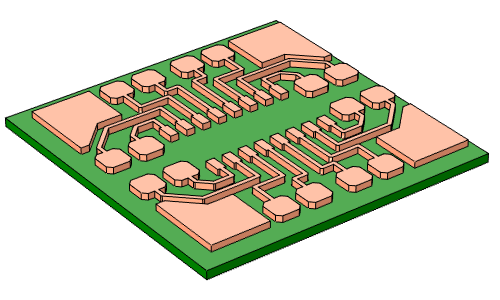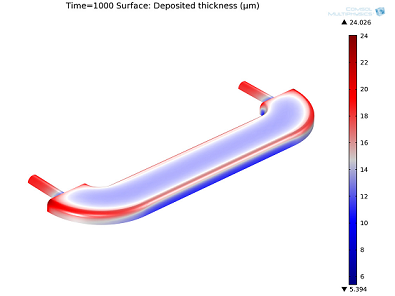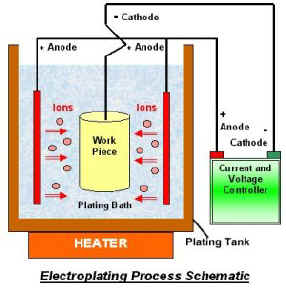Author
Chào mọi người trong diễn đàn cho mình hỏi một số vấn đề về mô phỏng ạ!
rong phần cài đặt thông số cho quá trình xi mạ có cài đặt thông số quá trình cho bề mặt điện cực (electro surface 1) tại sao lại để external electric potential là 0(V) trong khi phương trình Butler Volmer có sự tham gia của thông số này
Trích hướng dẫn của Comsol
"Electrode Surface 1
Now define the nickel dissolution electrode reaction on the anode surface.
1 In the Physics toolbar, click Boundaries and choose Electrode Surface.
2 Select Boundary 2 only.
Keep the default boundary condition for this surface, setting (grounding) the electric
potential to zero."
Và cái thứ hai là mật độ dòng trao đổi, làm sao để xác định được thông số này vì nó có ảnh hưởng đến động học điện hóa của hệ trong phương trình Butler-Volmer.
Em xin cảm ơn ạ.
rong phần cài đặt thông số cho quá trình xi mạ có cài đặt thông số quá trình cho bề mặt điện cực (electro surface 1) tại sao lại để external electric potential là 0(V) trong khi phương trình Butler Volmer có sự tham gia của thông số này
Trích hướng dẫn của Comsol
"Electrode Surface 1
Now define the nickel dissolution electrode reaction on the anode surface.
1 In the Physics toolbar, click Boundaries and choose Electrode Surface.
2 Select Boundary 2 only.
Keep the default boundary condition for this surface, setting (grounding) the electric
potential to zero."
Và cái thứ hai là mật độ dòng trao đổi, làm sao để xác định được thông số này vì nó có ảnh hưởng đến động học điện hóa của hệ trong phương trình Butler-Volmer.
Em xin cảm ơn ạ.








